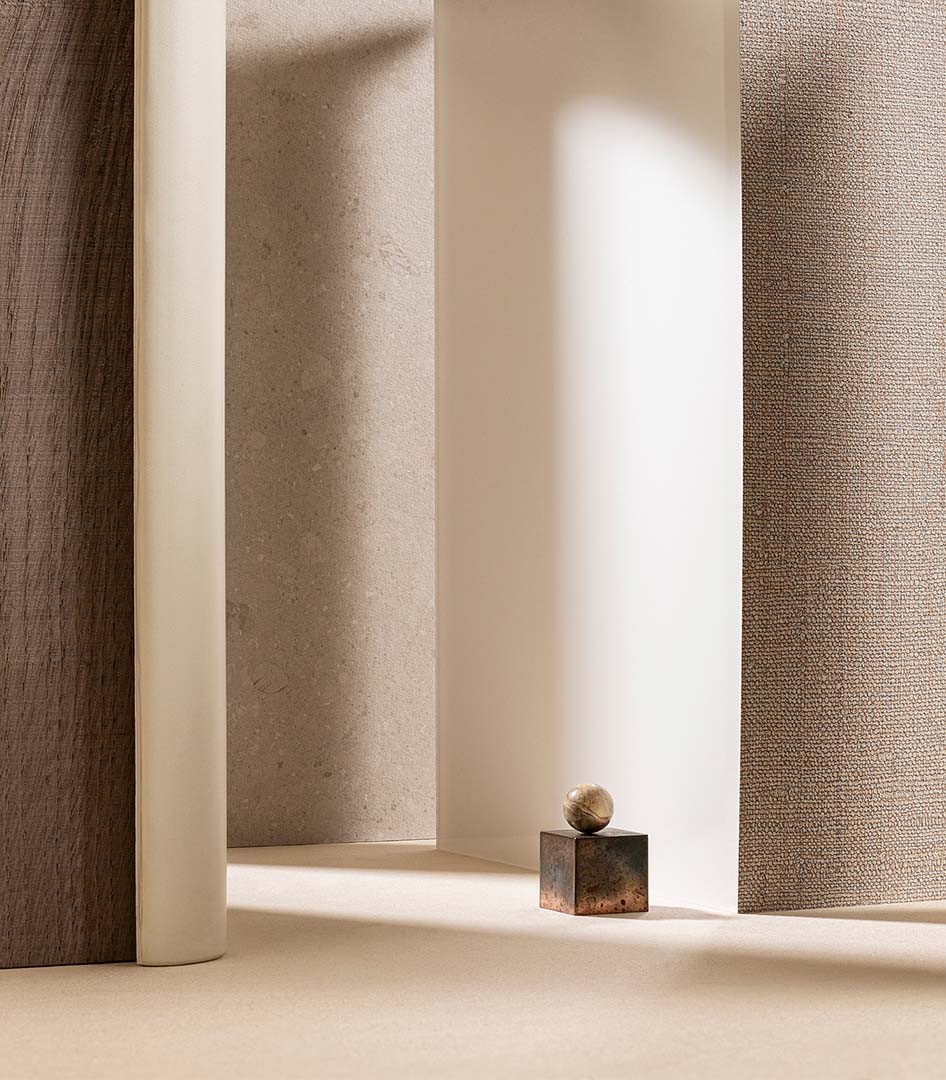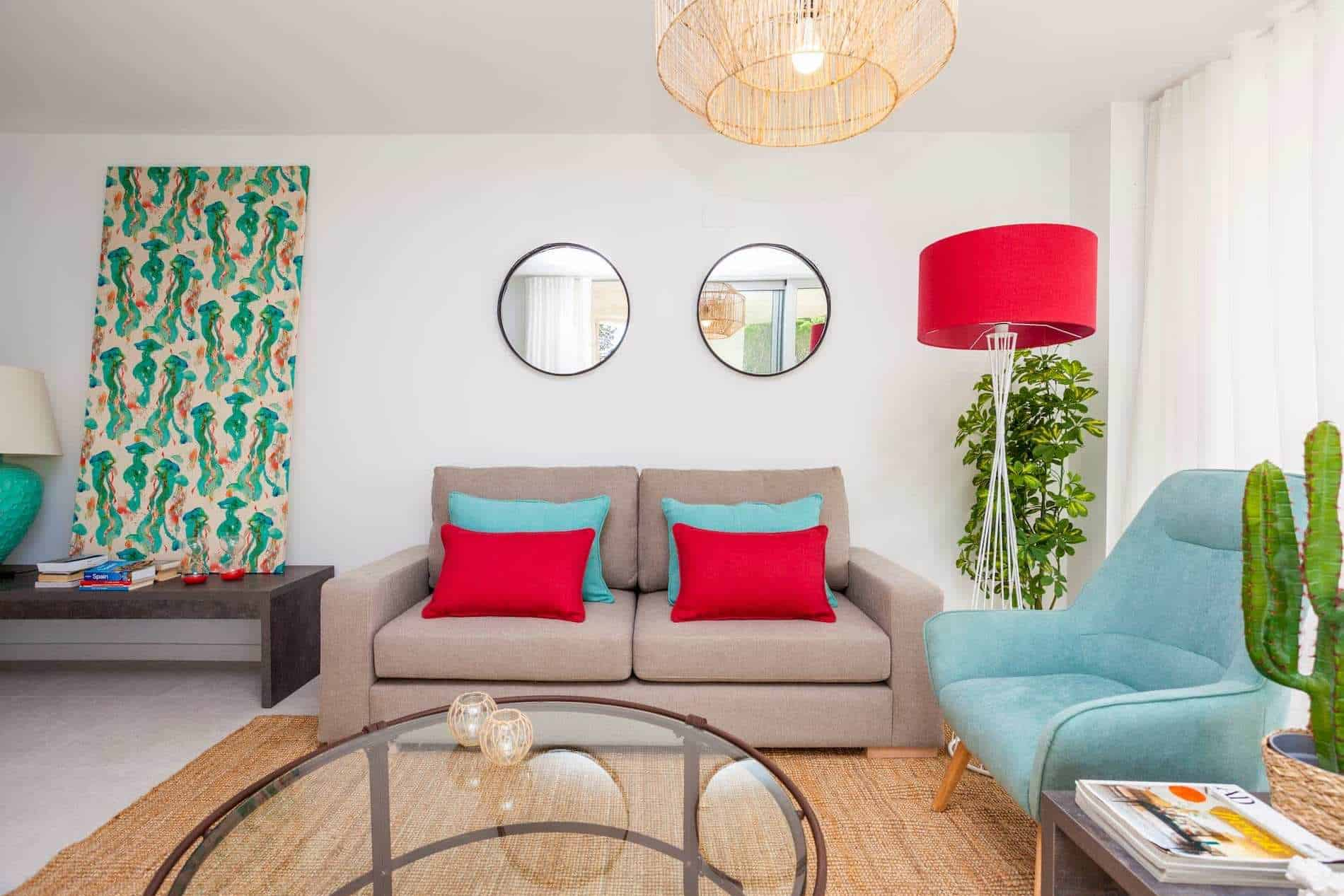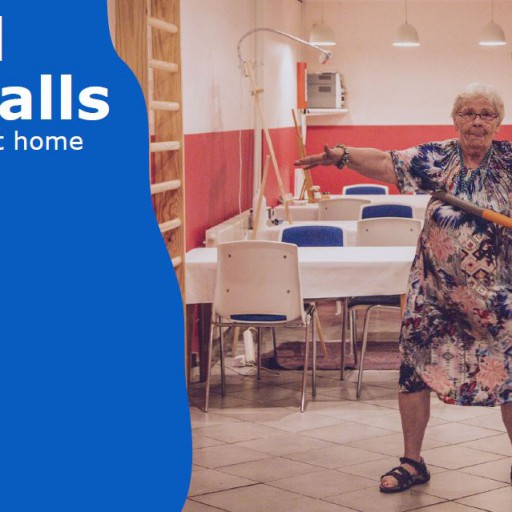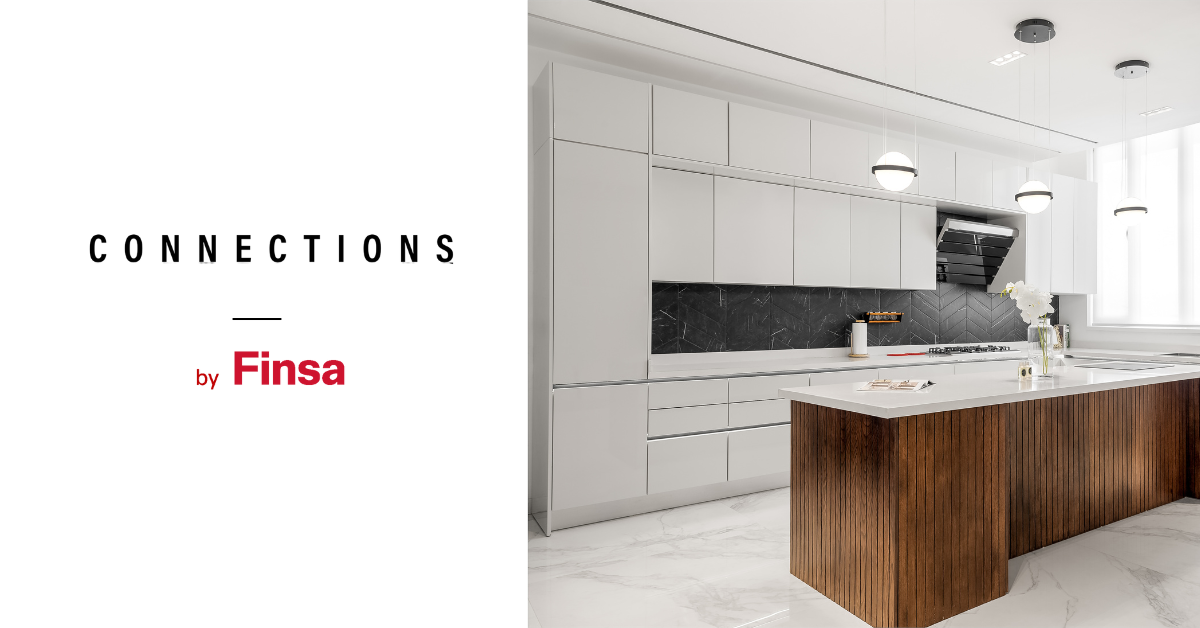There’s no doubt that COVID-19 brought changes in every aspect of our lives, even how we view our homes. A few years ago, FOMO, or the fear of missing out, was overtaken by JOMO – the ‘F’ for fear was replaced by ‘J’ for joy. Not actually enjoying everything that we were able to do outside the home made us take notice of all the possibilities that our homes could offer us, like tranquillity and enjoying our own company.
FOFO: The Fear of Finding out
Dealing with several different emotional states simultaneously has been one of the defining characteristics of recent times. It’s no wonder that we have turned to desensitisation as a defence mechanism. We don’t want to examine what’s going on with us too much with an exhausting analysis of its causes and consequences. We’ve dealt with so many different and intense feelings for so long that we no longer want to ‘dig deep’. We are putting off finding out what’s underneath all this discomfort and postponing our appointments with healthcare professionals. All of this translates to an aversion to the future that’s being referred to as FOFO, or the fear of finding out. It’s the fear of thinking too far into the future. Solitude has become a form of empowerment and a way of finding those meaningful and reflective moments.
The home is the space that lets us meet our own needs, becoming a place where our daily lives, free time, meetups with friends, and moments of solitude all converge. Our homes are now multifunctional spaces with everything that’s necessary to keep them that way. Cocooning is all about making the home the epicentre of all our activities, and it looks like it’s a trend that’s here to stay.
Ver esta publicación en Instagram
The pandemic: the trend accelerator
The founder of consultancy firm Future-A, Pepa Casado, explained at an Edesign conference that that there is a clear ‘before’ and ‘after’ in interior design due to the pandemic: “It was a big trend accelerator, there was a huge change in design”. One of the most recent trends related to our homes is ‘time to heal’, with one of its main focuses being viewing our homes as healing and therapeutic spaces, in which we tend to our sleep, the air quality, and cleanliness by combining cosy materials and timber. “The home has become an important space and we have realised what we like and don’t like about it, which has led to us making lots of changes in our homes,” says Casado. In fact, homewear, a type of comfortable clothing designed to be worn at home, is becoming more popular in the fashion world.
Another significant trend when it comes to wellbeing in the home is the Green-Pocalypse, which demonstrates the importance of having contact and a connection with nature. This isn’t just popping plants around the home, but rather creating spaces that connect us to the natural world. High air quality and being as close as possible to the outdoors has become essential. In fact, there are technologies being developed for this exact purpose. Given that we spend most of our time between four walls, we need to ensure that the organisms that are our bodies are living in the best possible conditions.
Ver esta publicación en Instagram
A natural refuge
On the topic of turning our homes into intimate and sacred spaces, Natural Sanctuary is an obvious nod to this approach. Light and breezes have a key role to play here, connecting the indoors with the outdoors. It’s right at home under the umbrella of biophilic design, with nature being a featured element, either by being physically present or by the inclusion of shapes that emulate it. Fluidity, without any heavy elements, arches and simple lines will also help you turn your home into something more than the everyday: your own irreplaceable temple.

Introspection, reflection, and quiet spaces are the foundation of this trend. Whites, anything natural, simplicity, and rooms stripped of the superfluous all work in perfect harmony to help us switch off and achieve the sense of calm that we need.
Healing emotions using interior design
Vibrant Functionality, another look that has become popular, is all about highlighting the potential of happiness and hope as healing emotions. In interior design, this movement is defined by intense colours such as greens, reds, yellows, and fuschias and spaces built for fun that help strengthen connections between people. Closeness and good vibes at home are seen as essential for the future. Block colours invoke a sense of optimism and self-expression, while furniture and other pieces far removed from the rigidity of single purpose design, can be adapted to suit different purposes, providing more flexibility.

In full FOFO mode, feeling surrounded by abundance and satisfaction is the main goal. If your home is going to be a private sanctuary and a much-needed refuge, the omnipresence of technology and anxiety brought on by too much information can disrupt your rest. That’s why it’s so important to look after your home as well as mind your habits.
Finding a way to disconnect from digital stimuli will help us to focus on physical sensations: the texture of wood, the smell of the lilies in the corner, the sound of that small rock fountain in the other. It’s all about enjoying and feeling comfortable in the spaces that make up a big part of who we are, knowing what makes us feel good and getting rid of what we don’t need. In the end it’s really just making sure that our homes are a reflection of us.
New eras bring about new ways of living in our spaces. Trends that show that, after so many dark months during the pandemic, life marches on towards an always unpredictable future. Being surrounded by what we need allows us to look after ourselves in the present, which is all we really have. We need to hold onto our peace in the best spaces possible.




